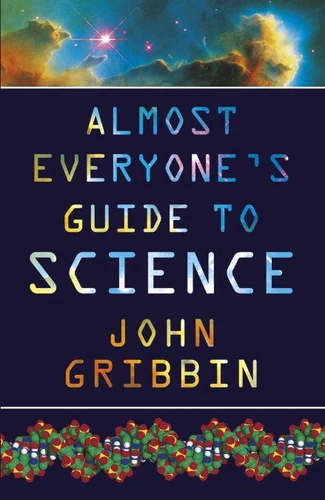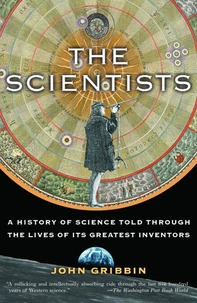Almost Everyone's Guide to Science
Par :Formats :
Disponible dans votre compte client Decitre ou Furet du Nord dès validation de votre commande. Le format ePub protégé est :
- Compatible avec une lecture sur My Vivlio (smartphone, tablette, ordinateur)
- Compatible avec une lecture sur liseuses Vivlio
- Pour les liseuses autres que Vivlio, vous devez utiliser le logiciel Adobe Digital Edition. Non compatible avec la lecture sur les liseuses Kindle, Remarkable et Sony
- Non compatible avec un achat hors France métropolitaine
 , qui est-ce ?
, qui est-ce ?Notre partenaire de plateforme de lecture numérique où vous retrouverez l'ensemble de vos ebooks gratuitement
Pour en savoir plus sur nos ebooks, consultez notre aide en ligne ici
- Nombre de pages288
- FormatePub
- ISBN978-1-4746-0273-0
- EAN9781474602730
- Date de parution23/09/2015
- Protection num.Adobe DRM
- Infos supplémentairesepub
- ÉditeurWeidenfeld & Nicolson
Résumé
John Gribbin is one of the few science writers who is equally comfortable writing about biology as he is about physics, and this beginner's guide will take the reader through the basics and the fundamental issues of the crucial areas of modern science, from the birth of the universe through to the evolution of our own species, the nature of human behaviour and the workings of our minds. Crucially, the book will not only provide an overview of the central areas in a single volume, but will also explain how the areas link up, what evolutionary theory has to say about how we think, how sub-atomic particles came into being in the Big Bang and atoms in stars.
John Gribbin is one of the few science writers who is equally comfortable writing about biology as he is about physics, and this beginner's guide will take the reader through the basics and the fundamental issues of the crucial areas of modern science, from the birth of the universe through to the evolution of our own species, the nature of human behaviour and the workings of our minds. Crucially, the book will not only provide an overview of the central areas in a single volume, but will also explain how the areas link up, what evolutionary theory has to say about how we think, how sub-atomic particles came into being in the Big Bang and atoms in stars.




















